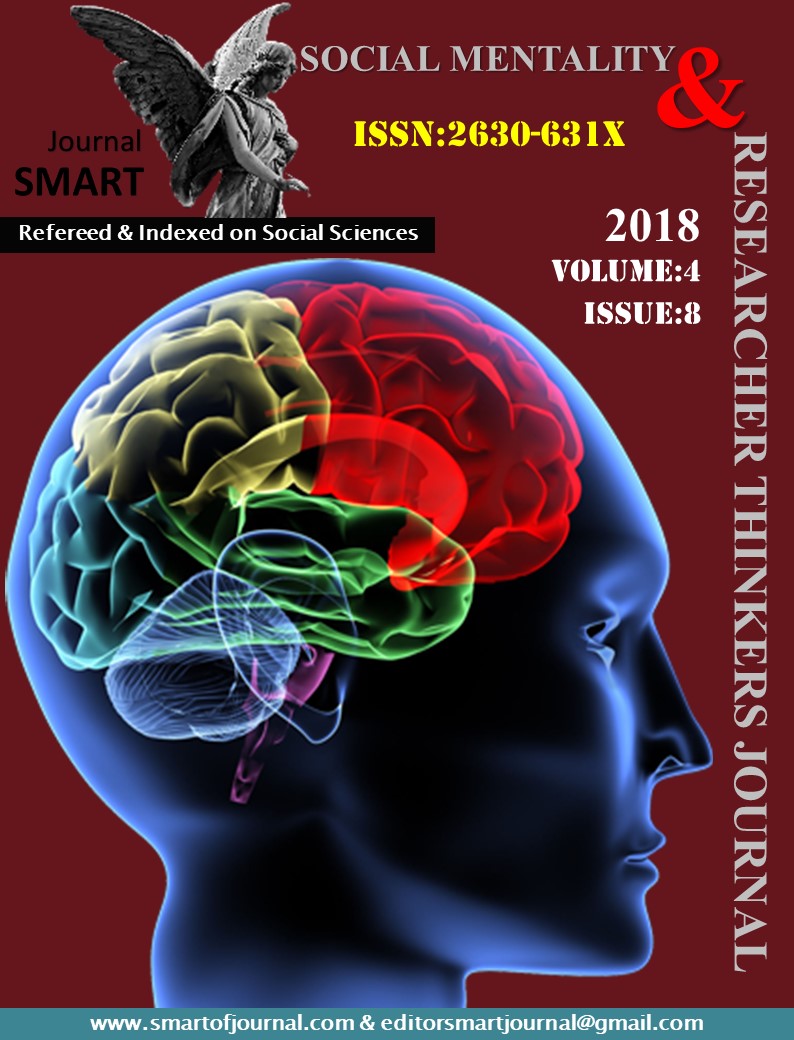Author :
Abstract
Кіріктіріп оқыту әдісі жалпы барлық дидактика тәрізді, қазіргі кезде қиын кезеңнен өтуде. Жалпы орта білім берудің мақсаттары өзгерді, жаңа оқу жоспарлары және пәндерді кіріктіріп оқытудың жаңа тәсілдері әзірленуде. Ал білім беру мазмұнын жаңарту оқытуды ұйымдастырудың дәстүрлі емес әдістері мен түрлерін, сондай-ақ түрлі пәндерді кіріктіріп оқыту сабақтарын қолдануды талап етеді. Сол себепті де білім берудің жаңа технологиялары пайда болуда, олардың бірі – CLIL пәндік-т ілдік кіріктіріп оқыту технологиясы.CLIL технологиялары шет тілін басқа пәндерді оқытуда оқудың қажетті құрал ретінде қарастырады. Яғни тілді үйрену кез келген пән саласы арқылы жүргізіледі, демек CLIL шет тілі сабағы емес, шет тілінде өтетін пән сабағы. Сонымен бірге оқушылардың тілдік қарым-қатынастағы қажеттілігі мен мүмкіндіктерін ана тілінде ойлануларына жағжай жасайды. Кіріктіріп оқыту дегеніміз:–біріншіден, сабақта пәнаралық байланыстарды дамытуды және тереңдетуді, олардың ғылымаралық байланысының түпнұсқасы, яғни түрлі пәндерді оқытуды қиыстырудан, олардың өзара терең байланысуына өтуді қарастыру болып табылады ;– екіншідер, жекелеген пәндер бойынша білімді біріктіретін, ұштастыратын жүйе, осының негізінде балалардың әлемді тұтастықта қабылдау қалыптасады;– үшіншіден, оқушылардың ойлау қабілеттерін белсендендіруге, танымдық белсенділіктері мен қызығушылықтарын, өз бетінше жұмыс істеуін дамытуға ықпал етеді, түрлі ғылым слаларына қатысты білімді қорытындылауға бағыттайды.Пәнаралық байланысты жұмыстың мақсаты, мазмұны, әдістері және тәсілдері бойынша пайдаланы кіріктіріп оқытудың негізі болып табылады. Кіріктіріп оқыту барысында идеялар мен ұстанымдардың ұқсастығы айқын байқалады, сонымен бірге алынған білімді түрлі салаларда пайдалану мүмкіндігі пайда болады. Сондай-ақ, кіріктіріп оқыту барысында екі немесе одан да көп пәнді қарастыру және әлемдегі құбылыстар мен нысандардың өзара тығыз байланысын көрнекі көрсету мүмкіндігі болады.
Keywords
Abstract
At the present stage of development of the theory and practice of teaching, the question of creating motives for schoolchildren's educational activity is rightly considered to be one of the central. The quality of training largely depends on how much it is motivated in the eyes of students. The problem of motivation is especially important in the absence of a natural need for communication. In the secondary school abroad, the integration of subjects in the natural science cycle, in particular chemistry, and the foreign language has been practiced very extensively in the last decade. A recently introduced concept related to the integration of a foreign language with other disciplines is the integrated teaching of language and content (subject matter) - Content and Language Integrated Learning (CLIL). The aim of the CLIL projects is to introduce the students to new fields of knowledge and concepts within the framework of already known subjects using a foreign language as a communication medium, which helps to avoid restrictions imposed by the use of the mother tongue exclusively in the educational process. Intersubject communications serve as a way of revealing the current trends in the development of science in the content of teaching. The mathematical course of chemistry is getting stronger. Reliance on mathematical methods in chemistry programs makes it possible to quantify the regularities of chemical processes, to substantiate certain laws and theories logically. A great cognitive value is the construction of graphs reflecting, for example, the dependence of the percentage concentration of the solution on the mass of the dissolved substance in a given mass of the solution; the thermal effect of the reaction on the mass of the formed substance; the completeness of oxidation of the substance from the temperature conditions; the degree of dissociation of a substance from the concentration of its solution, and so on. Such graphs are important for the development and concretization of students' knowledge of the graphs and their properties. They express the quantitative dependencies of chemical processes in a visual and generalized form. At the same time, the mathematical and chemical knowledge and skills of students are generalized. Thanks to interdisciplinary connections, science appears before students not only as a system of knowledge, but also as a system of methods.





